Swiss GDP contraction in Q2 was revised to -7.3%, up from -8.2%, after “benchmark revision” based on international recommendations” . SECO noted, though, “he interpretation of this data from an economic perspective is remaining largely unchanged.”
“As well as the decision to ease public health restrictions relatively early, the industry mix in the Swiss economy also helped to prevent an even more drastic slump in GDP,” SECO added. In particular, the 0.3% increase in chemical and pharmaceutical industry stabilized the result for manufacturing as a whole:.
Still, demand fell across the board, with private consumption down 08.1% in the wake of the pandemic and the containment measures. Equipment investment dropped -10.0%. Exports dropped -6.5% while services dropped -15.3%.




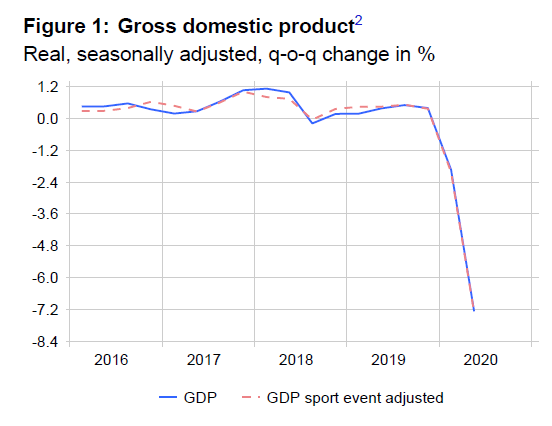
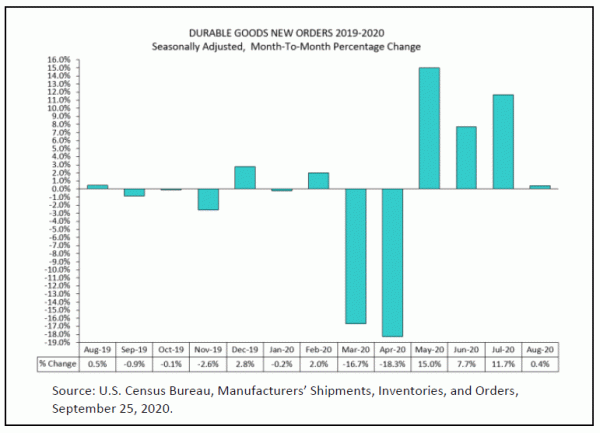
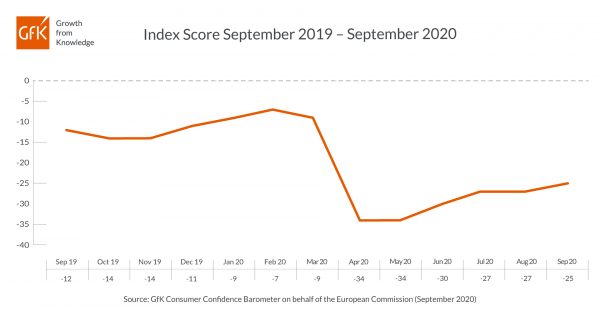

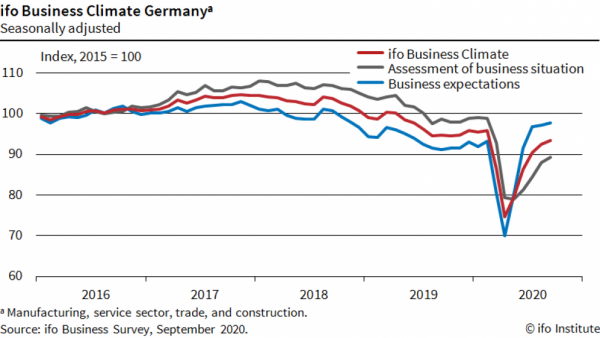
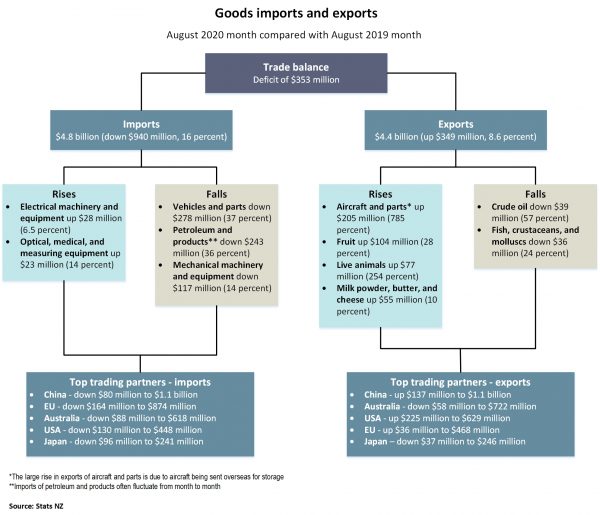

BoE Ramsden sees 0.1% as effective lower bound in interest rates
Sterling is given a lift by BoE Deputy Governor Dave Ramsden’s comment in an interview with the Society of Profession Economists. He said, “for me, I see the effective lower bound still at 0.1 which is where Bank Rate is at present”. And, “we are not about to use negative rates imminently.”
Negatives rates are “in the toolbox” and BoE is just “duty bound” to explore in more details the operational considerations. Engagement with banks on negative rates will “take time”.
On the economy, he said that the central cases sees GDP “recovering steadily” but there are “real uncertainties and risks”, from the pandemic, Brexit and the US election. BoE is “ready to act further if needed”.